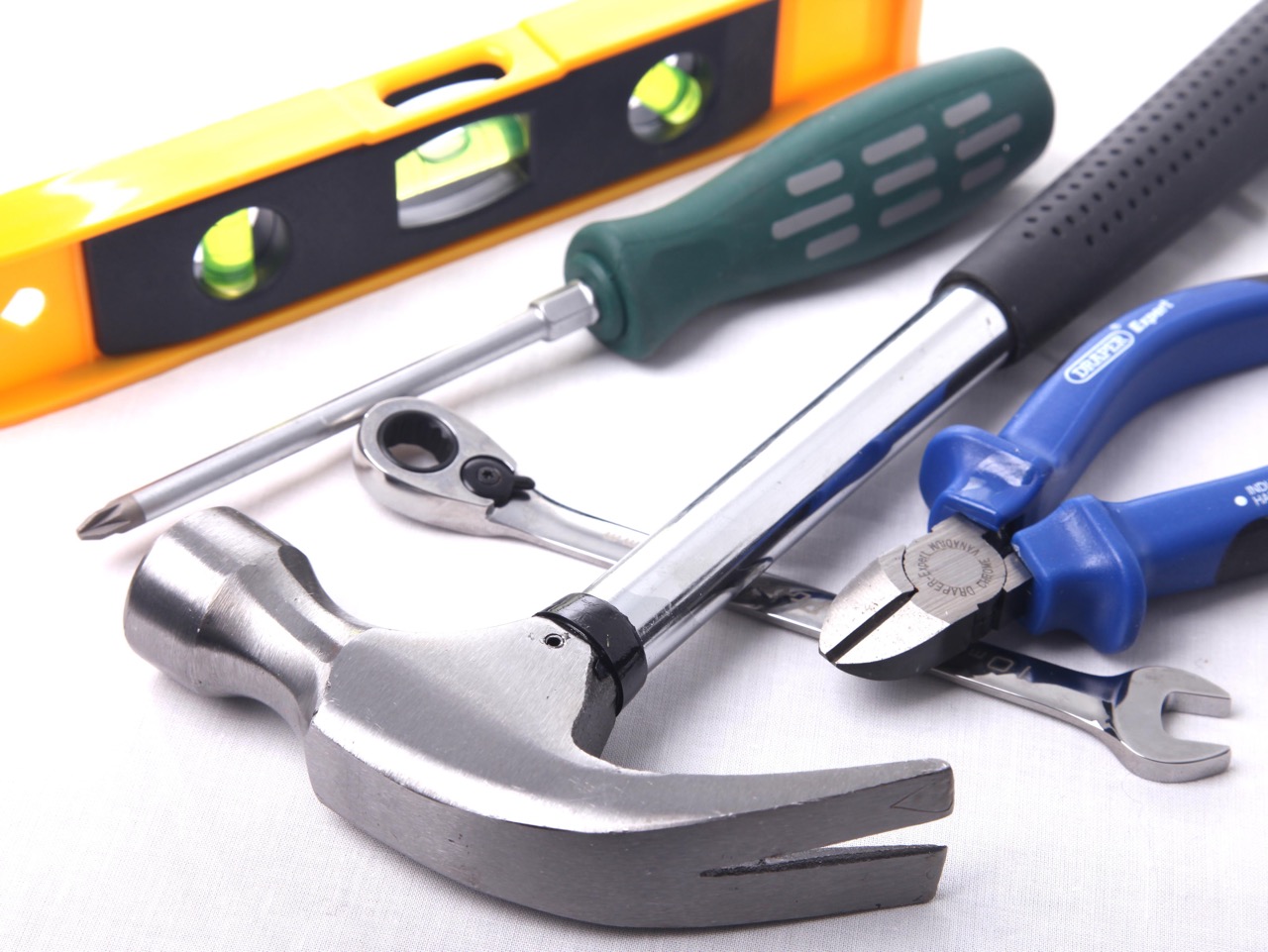

Articles
How Are Hand Tools Classified?
Modified: May 6, 2024
Discover the various classifications of hand tools in our informative articles. Learn how these essential tools are categorized and find the right ones for your projects.
(Many of the links in this article redirect to a specific reviewed product. Your purchase of these products through affiliate links helps to generate commission for Storables.com, at no extra cost. Learn more)
Introduction
Hand tools are an essential part of any toolkit, whether you are a professional tradesperson or a DIY enthusiast. They are versatile, reliable, and help us accomplish a wide range of tasks with precision and ease. From simple repairs to complex projects, hand tools are trusted companions that allow us to get the job done efficiently.
In order to truly understand hand tools and make the most out of them, it’s important to have a clear understanding of how they are classified. Hand tools can be grouped in various ways, based on their function, design, power source, and size. Each classification provides valuable insights into the purpose and characteristics of different tools.
In this article, we will explore the different classifications of hand tools and gain a deeper appreciation for the wide variety of tools at our disposal.
Key Takeaways:
- Hand tools are classified based on function, design, power source, and size, allowing users to easily identify the right tool for the job and maximize productivity.
- Understanding the classifications of hand tools ensures that users are well-equipped to handle a wide range of projects effectively, minimizing effort and maximizing results.
Read more: How To Market Hand Tools
Understanding Hand Tools
Before diving into the different classifications of hand tools, it’s important to have a basic understanding of what they are. Hand tools are manual devices that are operated by hand, without the use of any external power source. They are designed to perform specific tasks and are known for their simplicity and versatility.
Hand tools have been used by humans for thousands of years, dating back to the earliest civilizations. They have evolved over time, with advancements in materials and manufacturing techniques, but their fundamental purpose remains the same – to aid in tasks that require precision, control, and manual manipulation.
One of the key advantages of hand tools is their portability. Unlike power tools that rely on electricity or other power sources, hand tools can be easily carried and used in various locations. They are also relatively affordable and accessible, making them a popular choice for both professionals and hobbyists.
Hand tools come in a wide variety of shapes, sizes, and designs, each suited for specific tasks. They are typically made from materials such as steel, aluminum, or plastic to ensure durability and longevity. The handles of hand tools are ergonomically designed to provide a comfortable grip and minimize fatigue during extended use.
Whether you are tightening a screw, cutting a piece of wood, or measuring a distance, hand tools are indispensable in accomplishing these tasks with precision and accuracy. Understanding the different classifications of hand tools will help you choose the right tool for the job and improve your overall efficiency.
Classification Based on Function
Hand tools can be classified based on their specific function or the tasks they are designed to perform. This classification system ensures that you can easily identify the appropriate tool for a particular job. Here are some common categories of hand tools based on function:
- Cutting Tools: These tools are designed to cut through various materials, such as wood, metal, or fabric. Examples include saws, knives, scissors, and wire cutters.
- Fastening Tools: Fastening tools are used to join materials together securely. They include tools such as screwdrivers, wrenches, pliers, and staple guns.
- Measuring and Marking Tools: These tools are used to measure distances, angles, and dimensions accurately. Tape measures, rulers, calipers, levels, and marking pencils are all examples of measuring and marking tools.
- Gripping and Holding Tools: These tools provide a secure grip on objects or hold them in place during work. Examples include clamps, vices, and gripping pliers.
- Striking Tools: Striking tools are used to deliver impact force to an object. Hammers, mallets, chisels, and punches fall into this category.
- Layout Tools: Layout tools are used to create markings or templates on materials for accurate work. Examples include squares, compasses, and marking gauges.
Each of these categories encompasses a wide range of specialized tools that excel in their specific function. By understanding the function of each category, you can easily determine which tool is most suitable for your task.
It’s important to note that many hand tools can fall into multiple categories based on their versatility. For example, a multi-tool or a Swiss army knife might incorporate cutting, fastening, and gripping functions in one compact tool.
Understanding the classification based on function allows you to build a well-rounded tool collection that covers all the essential tasks you may encounter.
Classification Based on Design
Another way to classify hand tools is based on their design or construction. Each design has its unique features and advantages, catering to specific needs and preferences. Here are some common classifications of hand tools based on their design:
- Handheld Tools: These tools are designed to be held in one hand and operated with minimal effort. Screwdrivers, pliers, wrenches, and hand saws are typical examples of handheld tools. They are compact, lightweight, and easy to maneuver.
- Manual Tools: Manual tools rely solely on human effort for operation, without the need for any external power source. Examples include hand saws, hand drills, and manual staplers. They are preferred for tasks that require precision and control.
- Mechanical Tools: Mechanical hand tools incorporate gears, levers, or other mechanisms to amplify force or provide additional functionality. Examples include ratchet wrenches, mechanical drills, and gear-driven hand saws. These tools make it easier to perform repetitive or demanding tasks.
- Ergonomic Tools: Ergonomic tools are designed with user comfort and efficiency in mind. They feature specially shaped handles or grips that reduce strain on the hands and wrists during prolonged use. Ergonomic screwdrivers, pliers, and hammers are excellent examples that prioritize user comfort and reduce the risk of injuries.
- Specialized Tools: Some hand tools are designed for specific applications or industries. These specialized tools include pipe cutters, tile cutters, rebar benders, and woodworking planes. They are carefully crafted to meet the unique demands of their respective tasks, enhancing efficiency and precision.
- Multi-Functional Tools: Multi-functional tools are versatile and compact, combining various functions into a single tool. Swiss army knives, multi-tools, and adjustable wrenches with multiple jaw sizes are prime examples. These tools offer convenience and versatility by eliminating the need for carrying multiple individual tools.
Understanding the different designs of hand tools allows you to select the most suitable tool for your specific requirements. When choosing a tool, consider factors such as comfort, ease of use, and the type of task you will be performing. Having a diverse collection of hand tools with different designs will ensure you are well-equipped for a wide range of situations.
When classifying hand tools, consider their function and design. Hand tools can be categorized as cutting tools, gripping tools, striking tools, or measuring tools based on their primary use. Additionally, they can be further classified based on their specific design and intended application.
Classification Based on Power Source
While most hand tools rely on manual operation, there are some that incorporate power sources to enhance their functionality. These power-assisted hand tools provide additional capabilities and increased efficiency. Here are some common classifications of hand tools based on their power source:
- Manual Tools: Manual tools, as mentioned earlier, rely solely on human effort for operation. They don’t require any external power source and are controlled directly by the user. Examples include hand saws, hammers, screwdrivers, and chisels.
- Electric Tools: Electric hand tools are powered by electricity from a wall outlet or a battery. They offer increased power and speed compared to manual tools, making tasks faster and easier. Examples of electric tools include electric drills, jigsaws, sanders, and angle grinders.
- Pneumatic Tools: Pneumatic hand tools, also known as air tools, are powered by compressed air. They offer high power-to-weight ratios and are commonly used in industrial and automotive applications. Pneumatic tools include impact wrenches, nail guns, air drills, and paint sprayers.
- Hydraulic Tools: Hydraulic hand tools use hydraulic fluid to generate power. They are known for their immense force and are often used in heavy-duty applications. Hydraulic jacks, hydraulic cutters, and hydraulic crimping tools are examples of tools that operate on hydraulic power.
- Cordless Tools: Cordless hand tools are battery-powered and offer the convenience of mobility. They are versatile and can be used in locations where access to electrical outlets is limited. Cordless drills, circular saws, and impact drivers are popular examples of cordless tools.
Hand tools that incorporate power sources provide additional capabilities, making them suitable for tasks that require more force, speed, or mobility. The choice between manual and power-assisted tools depends on the nature of the task, the available power source, and personal preference.
It’s worth noting that power-assisted hand tools often require maintenance and proper safety precautions, especially when dealing with electricity, compressed air, or hydraulic fluids. Always follow the manufacturer’s instructions and guidelines to ensure safe and efficient use of these tools.
Having a good mix of both manual and power-assisted hand tools in your toolkit will ensure you have the right tool for any job, whether it requires brute force, precision, or mobility.
Read more: How To Hand Form Body Panels With Hand Tools
Classification Based on Size
Hand tools come in various sizes to accommodate different needs and preferences. Size classification is an important aspect to consider when choosing the right tool for a particular task. Here are some common classifications based on the size of hand tools:
- Miniature Tools: Miniature tools are small in size and are typically used for delicate and intricate work. They are often used in industries such as electronics, jewelry making, and watchmaking. Examples include miniature screwdrivers, precision tweezers, and small saws.
- Compact Tools: Compact tools are smaller versions of their standard counterparts, designed for ease of transport and use in tight spaces. They are lightweight and portable, making them ideal for on-the-go repairs or projects. Compact wrenches, compact multitools, and folding pocket knives are common examples of compact tools.
- Standard Tools: Standard-sized hand tools are the most commonly used tools and are suitable for a wide range of tasks. They strike a balance between size and functionality, offering enough leverage and control without being too bulky. Examples include standard-sized hammers, screwdrivers, pliers, and wrenches.
- Large Tools: Large hand tools are designed for heavy-duty applications that require more force and leverage. They are typically used in construction, woodworking, or automotive industries. Examples of large tools include sledgehammers, pry bars, bolt cutters, and large pipe wrenches.
- Extending Tools: Some hand tools have adjustable or extending features that allow them to adapt to different sizes or reach areas that are otherwise inaccessible. Telescoping magnetic pickup tools, extending ratchets, and adjustable wrenches fall into this category.
- Multi-Size Sets: In addition to individual tools, many hand tools are available in sets that incorporate various sizes. These sets provide versatility and cover a range of tasks. Screwdriver sets, socket wrench sets, and hex key sets are examples of multi-size tool sets.
Choosing the right size of hand tools depends on the specific task at hand, the available workspace, and personal preference. It’s important to have a selection of tools in different sizes to ensure you can tackle a variety of projects effectively.
Keep in mind that while larger tools offer more power and leverage, they can also be more cumbersome and harder to maneuver in tight spaces. On the other hand, miniature or compact tools provide greater precision but may have limitations when it comes to heavy-duty applications.
By considering the size of hand tools, you can ensure that you have the right tool for the job, optimizing efficiency and achieving the desired results.
Conclusion
Hand tools are indispensable companions in any toolkit, whether you’re a professional tradesperson or a DIY enthusiast. They offer versatility, precision, and manual control, allowing you to tackle a wide range of tasks with ease and efficiency. Understanding the different classifications of hand tools is crucial in choosing the right tool for the job and maximizing your productivity.
We explored various classifications of hand tools based on their function, design, power source, and size. By categorizing hand tools based on function, you can easily identify tools for cutting, fastening, measuring, gripping, striking, and layout tasks. Understanding the design classifications helps you choose between handheld, manual, mechanical, ergonomic, specialized, or multi-functional tools based on your specific needs and preferences.
The classification of hand tools based on power source allows you to differentiate between manual tools, electric tools, pneumatic tools, hydraulic tools, and cordless tools. Each of these options provides unique advantages, including increased power, mobility, or convenience. Lastly, considering the size of hand tools is important to ensure that you have the right size tool for the task at hand, whether it’s miniature, compact, standard, large, or an extending tool.
Having a diverse collection of hand tools that covers these classifications ensures that you are well-equipped to handle a wide range of projects effectively. It allows you to tackle different tasks with the right tool, minimizing effort and maximizing results.
So, whether you’re cutting, fastening, measuring, gripping, striking, or marking, make sure to choose the proper hand tool based on its function, design, power source, and size. With the right tool in your hand, you’ll be able to accomplish your tasks efficiently and with precision.
Remember to follow proper safety guidelines and maintain your hand tools for optimal performance and longevity. By understanding and utilizing the classifications of hand tools, you’ll be well on your way to becoming a skilled craftsman or a proficient DIYer.
Now that you've got a handle on how hand tools are sorted, why not expand your toolkit for indoor gardening? If you're keen on nurturing your green space, our next article on essential garden tools will guide you through the must-haves for indoor gardening. With expert tips and product recommendations, you'll be well-equipped to cultivate a thriving indoor oasis.
Frequently Asked Questions about How Are Hand Tools Classified?
Was this page helpful?
At Storables.com, we guarantee accurate and reliable information. Our content, validated by Expert Board Contributors, is crafted following stringent Editorial Policies. We're committed to providing you with well-researched, expert-backed insights for all your informational needs.
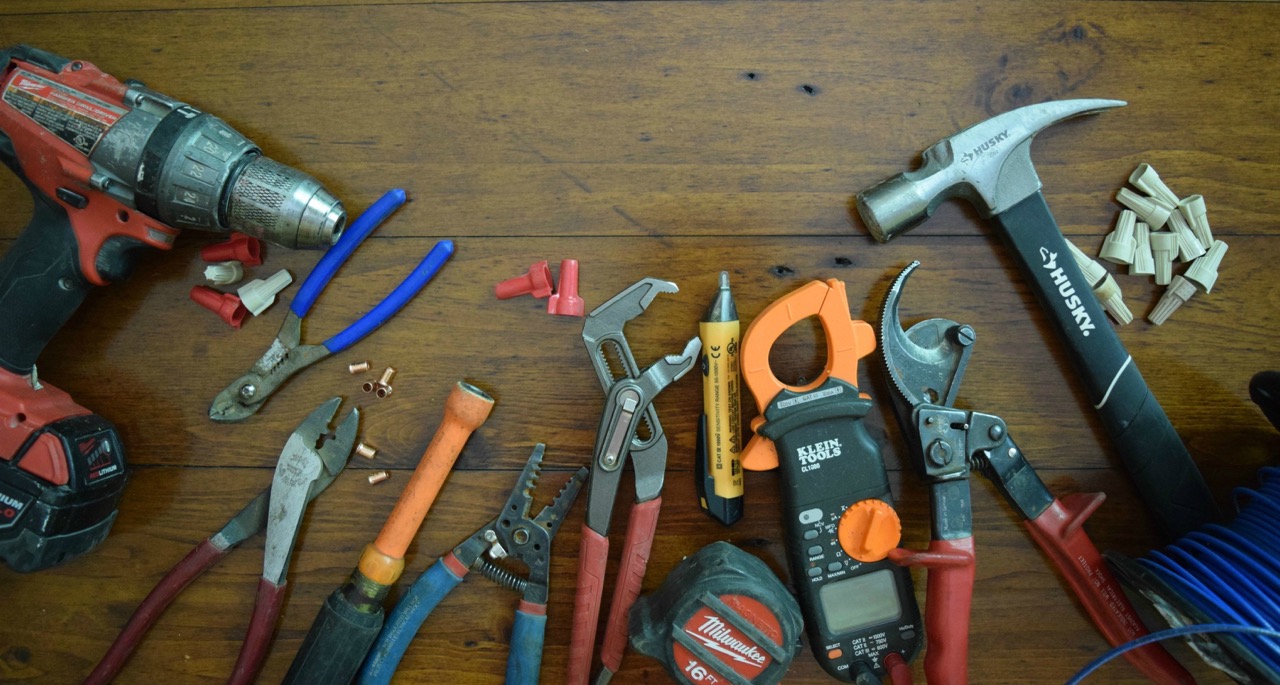
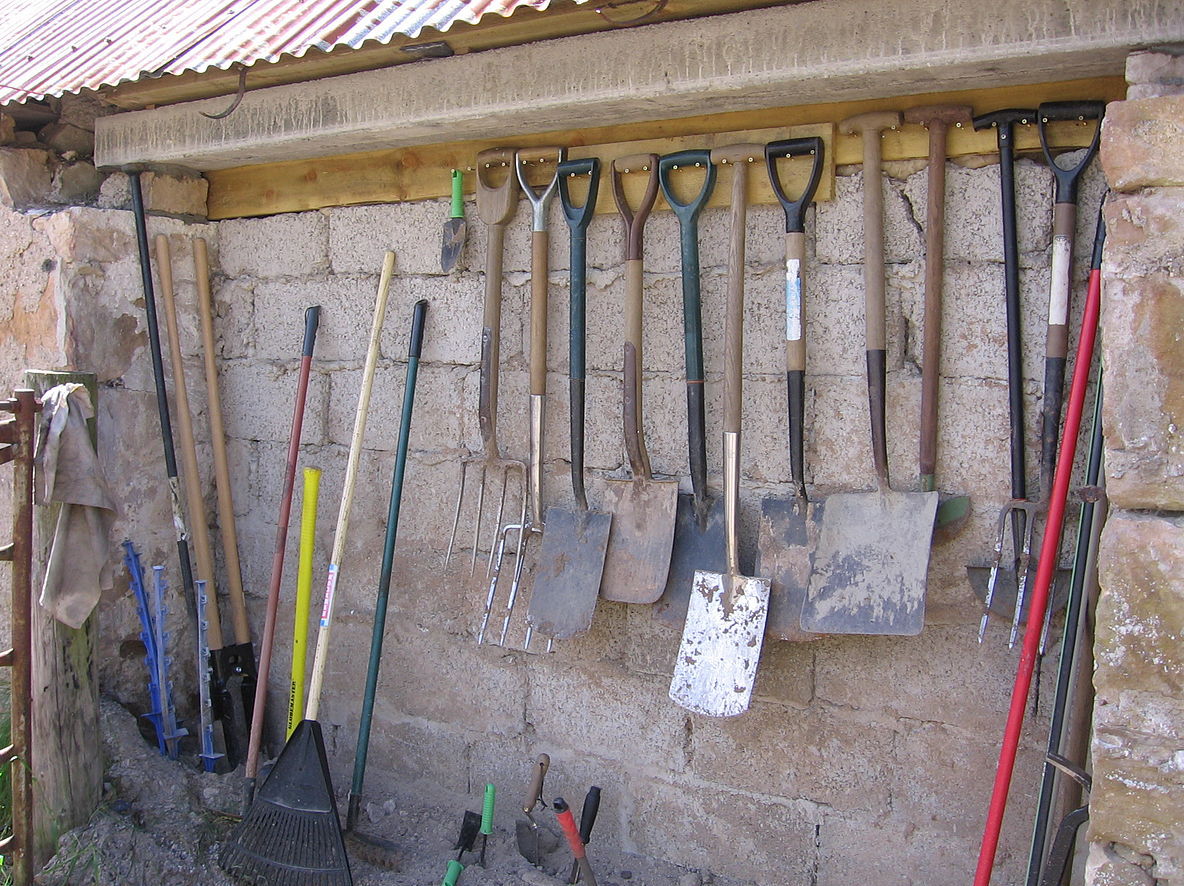

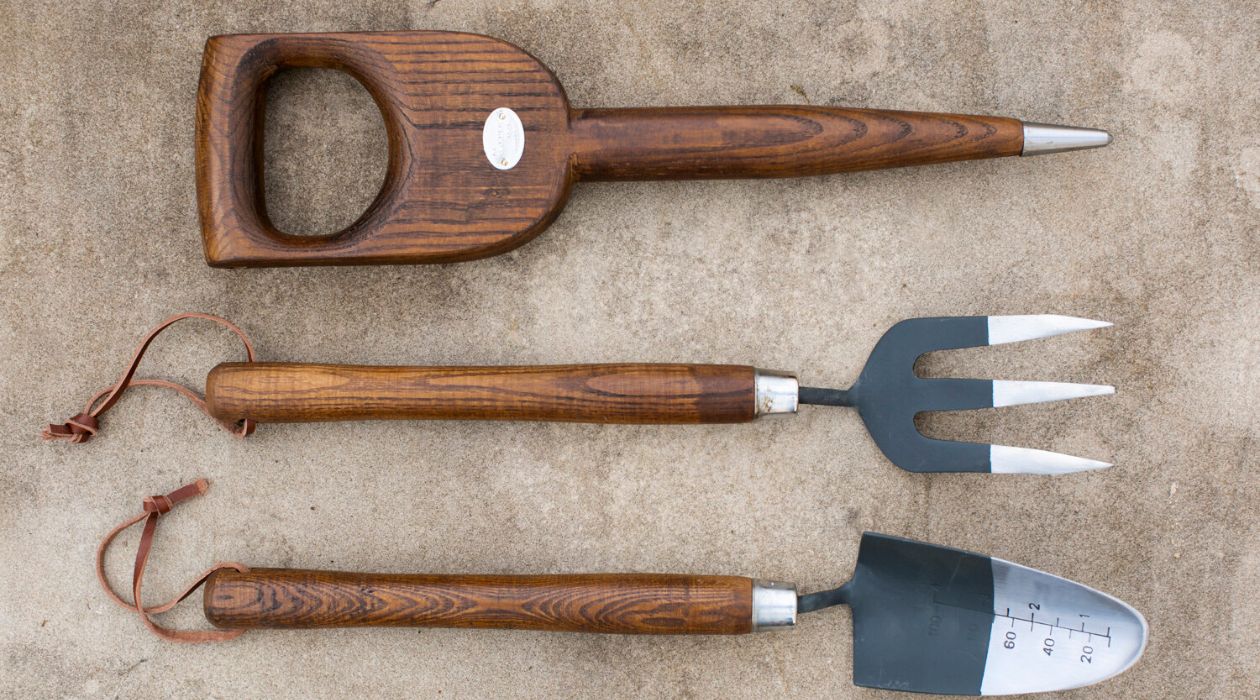
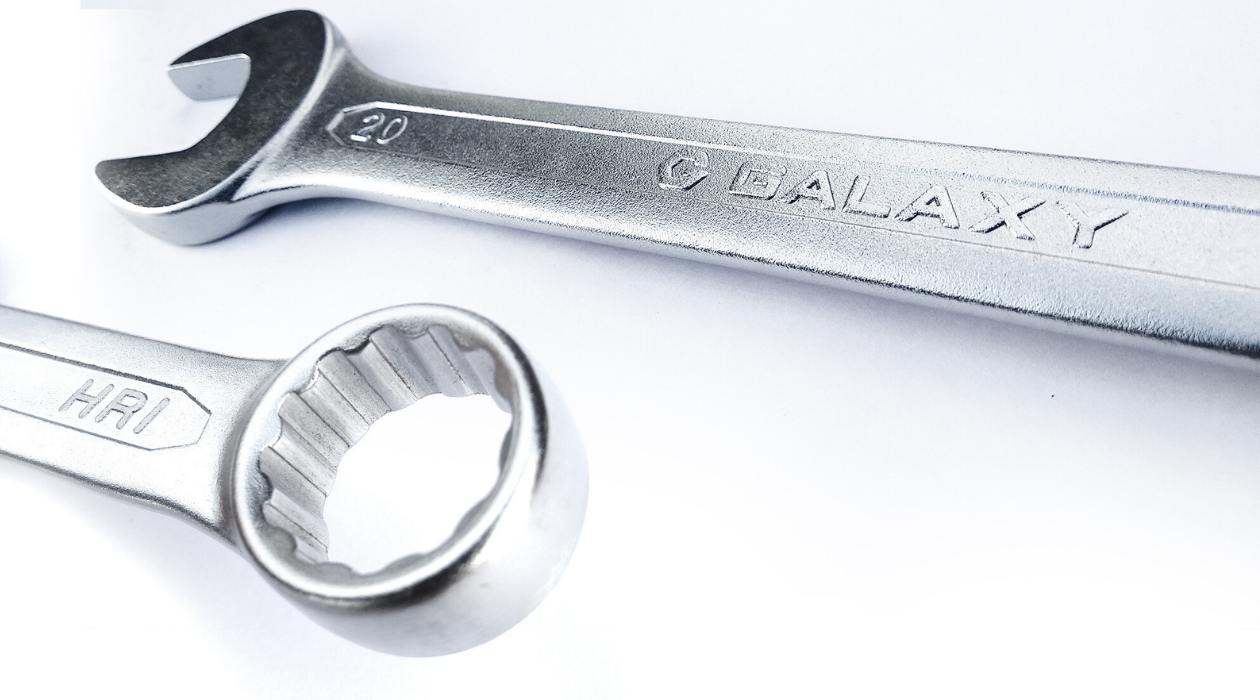
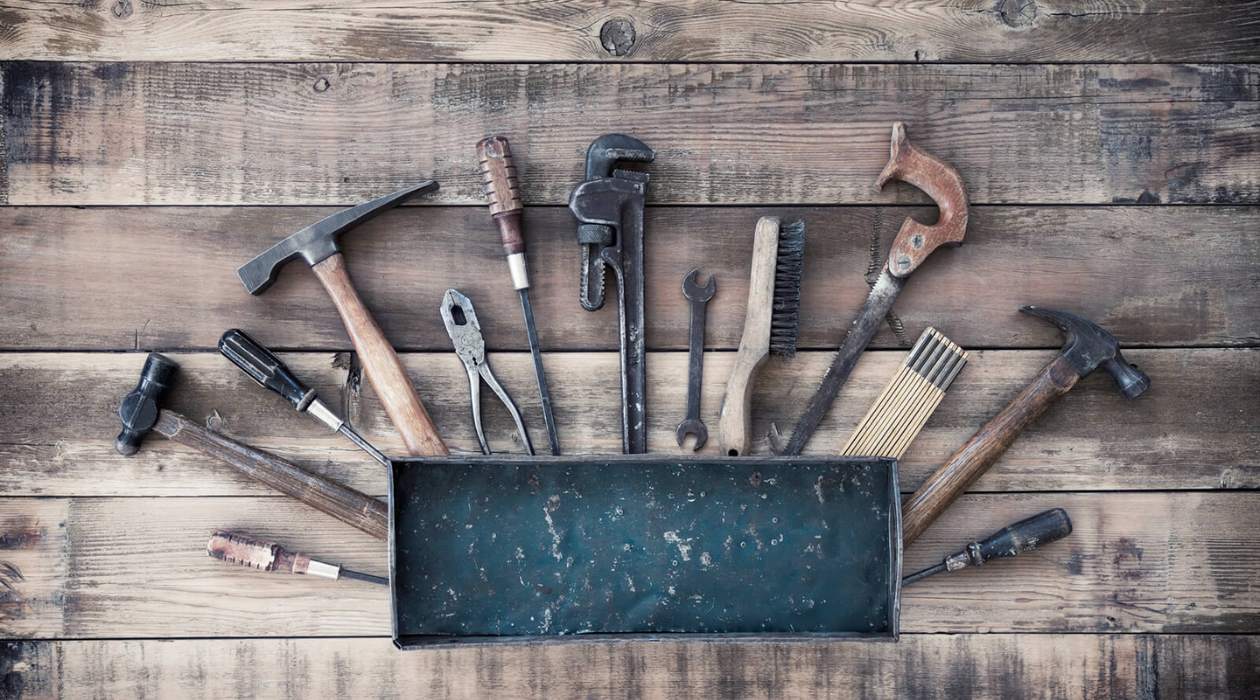
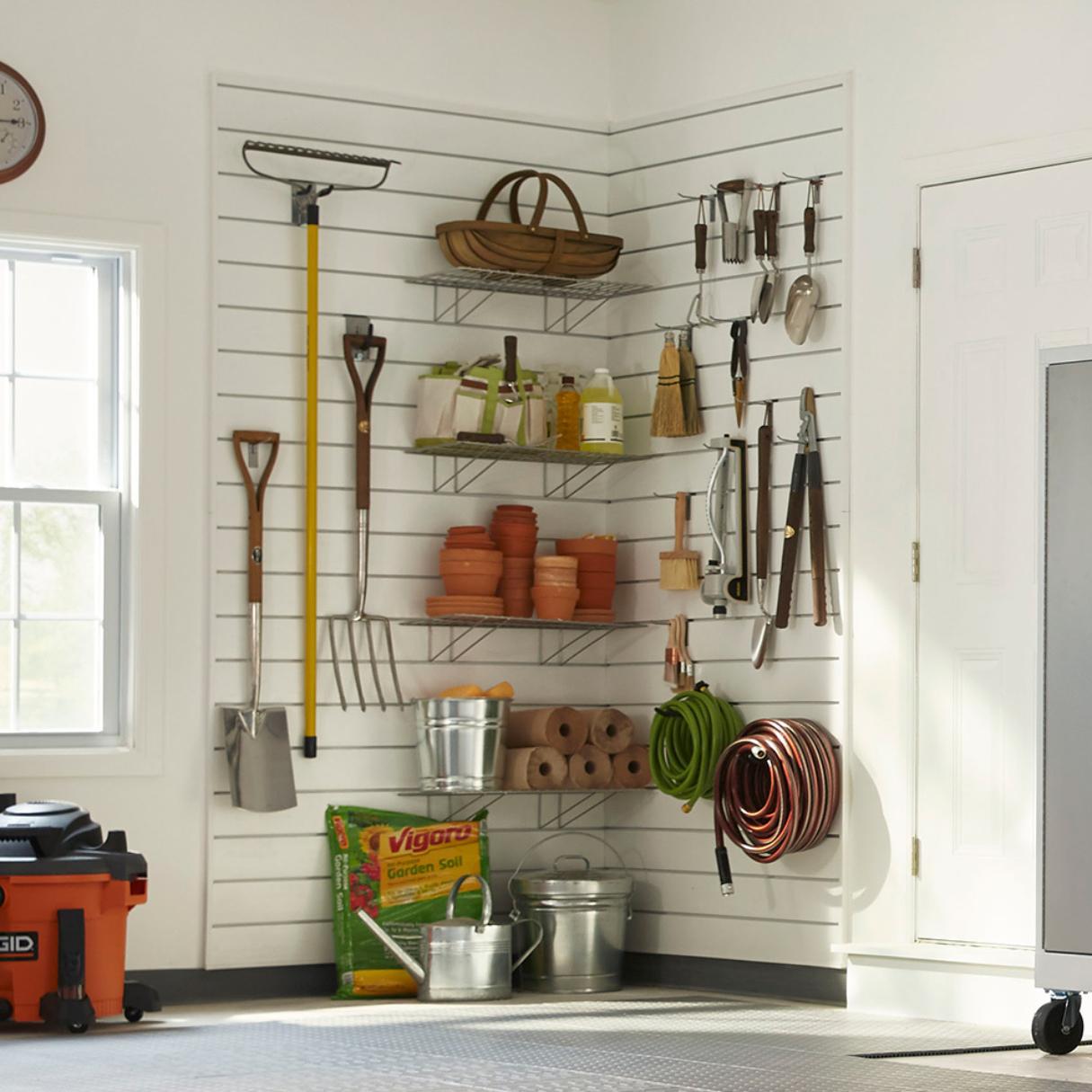




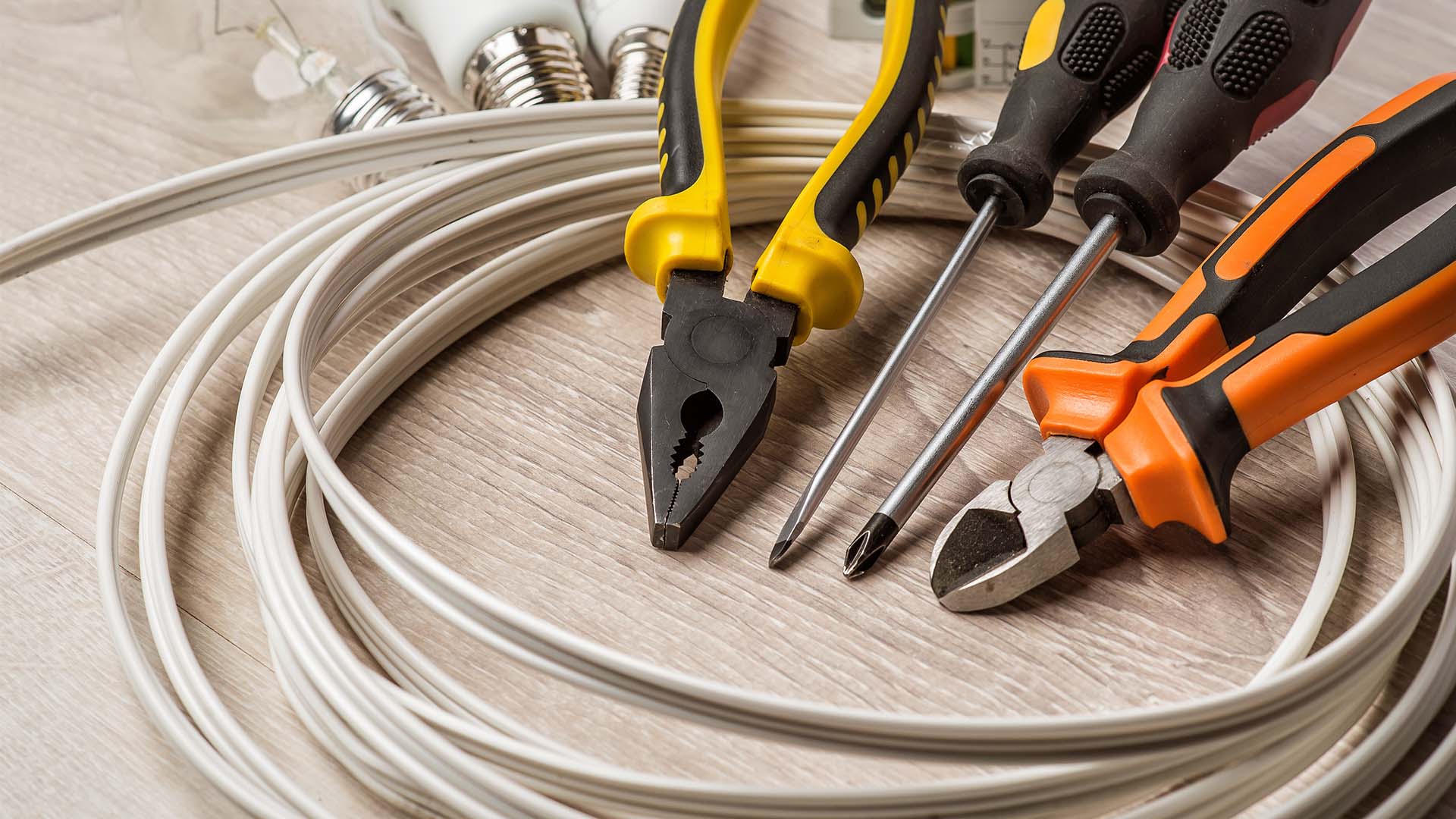
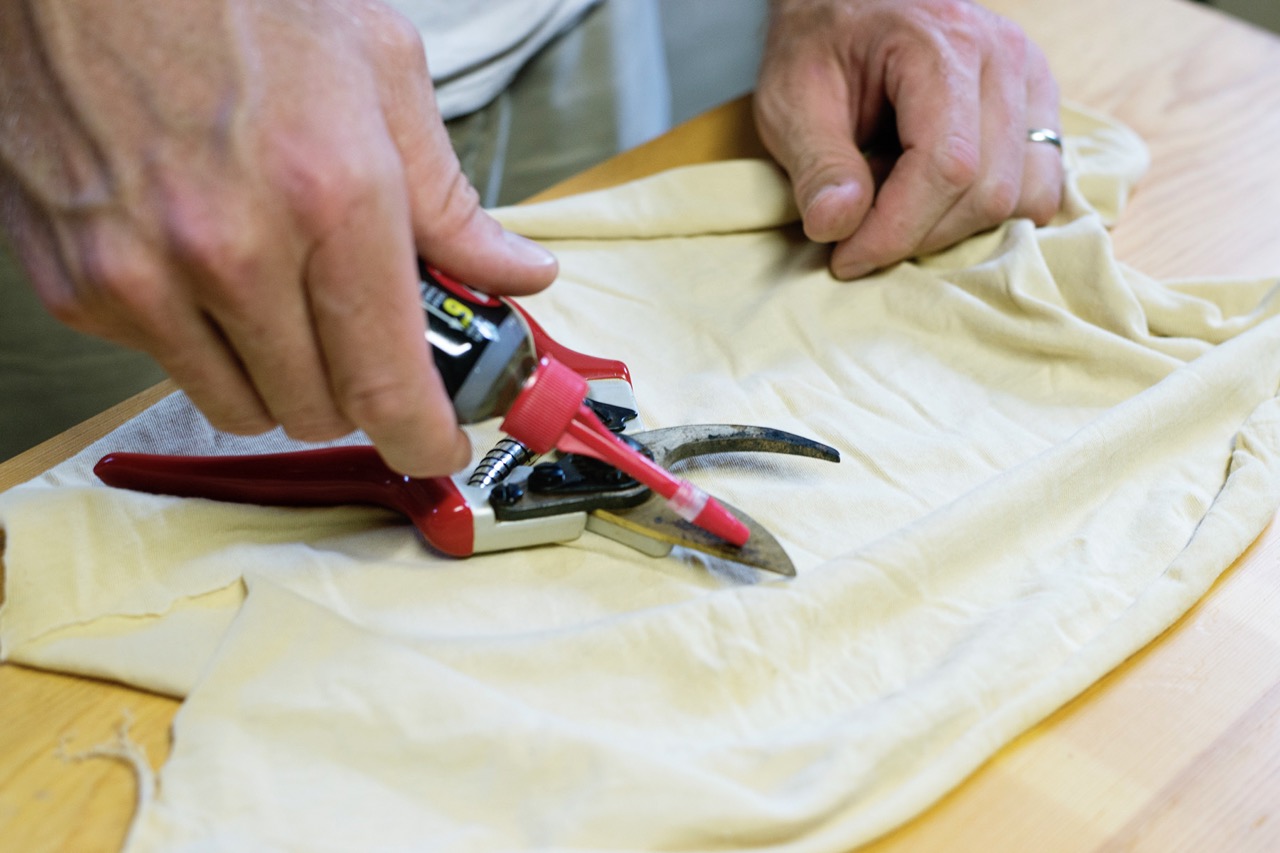


0 thoughts on “How Are Hand Tools Classified?”